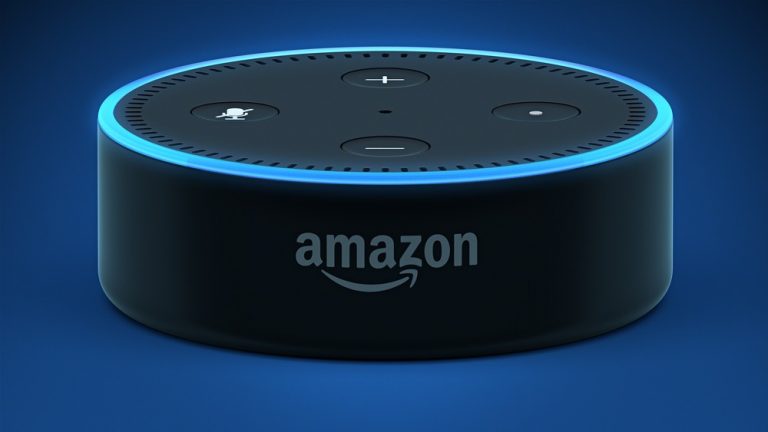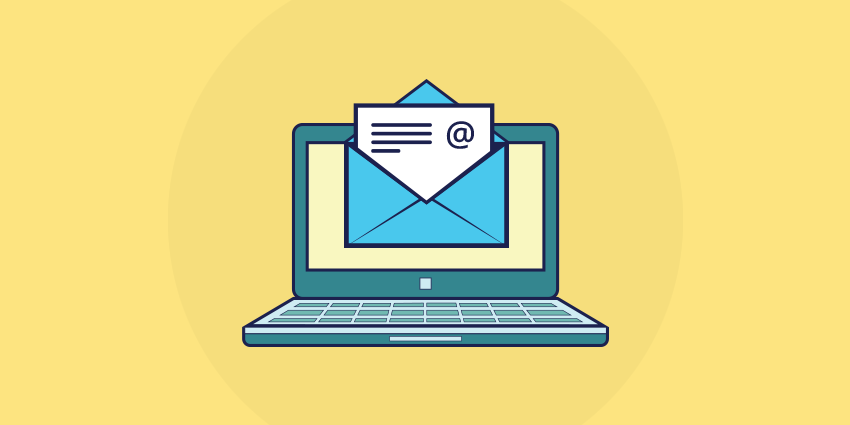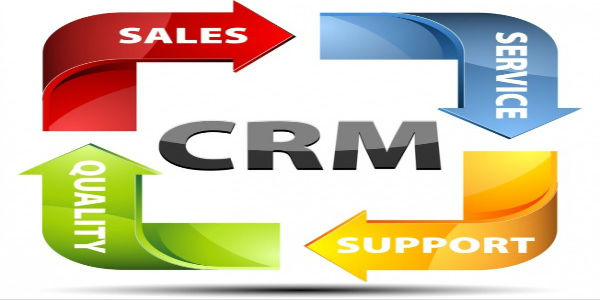Amazon is making headlines in the business world (again) just a year after Alexa for Business was launched in November 2017. Echo’s lineup of smart speakers proved a commercial success with tens of millions of Alexa-enabled devices sold and over 50,000 skills (and counting) developed for Alexa by a growing community of users and developers across the globe.
Forward-looking companies have already seen the potential of deploying Alexa for Business particularly in customer service, productivity, and workflow. Companies like Air Canada, Telus Corp, Manulife, and TD Bank are working with Amazon in building company-specific skills for Alexa to create a seamless experience for workers and customers alike.
Alexa Skills in a Nutshell
Skills are essentially apps designed to work on Alexa to fulfill specific tasks. Amazon made it open for partners and third-party app developers to build skills which can either be used exclusively by the company who made them (private skills) or publish the skills for everyone to use (public skills) after being certified by Amazon.
Skill engagement has grown by 75% in 2017 and continues to grow by 50% year over year. This is key to Amazon’s success, outperforming tech giants Google, and Apple in terms of smart speaker sales during the 3rd Quarter of 2018.
Building a Smarter Workplace
Amazon goes beyond consumer electronics for smart homes to voice-activated workspaces for small businesses by adding a layer on top of Alexa’s basic features. Small businesses can do a lot more by configuring Echo devices to work with room profiles, calendars, conferencing systems and by creating custom skills to fulfill specific tasks.
Here are some examples of use cases of Alexa being used in the workplace.
Hands-free Conferencing
Conde Nast and Propel Insurance were among the first to use Alexa for Business to schedule and conduct meetings with co-workers. Alexa helps eliminate cumbersome steps when looking up for available rooms, scheduling meetings, and so on.
For instance, you may ask Alexa to schedule a meeting and it will pick a date for you, or have Alexa pull out your company calendar and choose one yourself. Join meetings on the fly by simply talking to Alexa to patch you through – no dialing in or typing passwords.
Owners of small businesses also like the fact that Alexa supports third party conferencing apps like Skype for Business, Cisco, WebEx, and Zoom, making it much easier to transition from screens and keypads to voice-activated systems (or have both at the same time).
Smart Offices
Wouldn’t it be great to have an AI who could tell your way around, pull out specific information for you, or ask maintenance to fix things around the office? Valence and General Electric were able to accomplish this feat by building Alexa skills and configuring Echo devices in a certain way.
What’s really interesting is how these companies came up with these ideas. Normally, they’ll have everything printed out on inch-thick corporate manuals/inventories or have them posted in their company website and people will have to search through them for answers.
But what if they can simply ask and have just the information they want from a voice-activated smart device like Amazon Echo? Using cutting-edge technology in conversational AI and voice recognition, businesses are able to build company-specific skills for Alexa, anything from answering specific questions, providing technical guidance, to sending out requests in a more natural way which is through spoken language.
Voice-enabled CRM
One of the best use cases of voice AI (which also feels more natural to use) is being able to interact with CRMs by speaking to it. Although there are some kind of voice-enabled CRM in the past, it’s nothing close compared to what Alexa for Business has been able to achieve.
Small businesses can now create their own custom skill or API for Alexa to interact with existing CRMs like Small Businesses Dream using their own voice. This can save them a lot of time looking up through each list or typing in new leads. So instead of switching back and forth making calls, typing customer information, inquiring about their leads and prospects, and taking notes on their last call, sales people can stay on their smart speakers and have Alexa and Small Business Dream do the rest of the job.
Stonehenge NYC is a perfect example of how a private real estate company was able to deploy Alexa for Business to create a seamless experience for their employees and rental customers by linking Alexa with their database and CRM service. They have over a hundred skills for Alexa and are continuously building more skills as they go.
Choosing the Right CRM for Alexa
Alexa’s extensibility makes it an ideal choice for a lot of third-party software solutions like Small Business Dream. It has been successfully deployed to work with some CRMs with a little help from the CRM providers, app developers, and Amazon.
Small Business Dream allows first time users to experiment with its email autoresponder, sales funnel, survey setup, landing page editor, and analytics. It’s especially important for small startups who need sales and marketing automation they can easily work on without spending too much on trainings and onboarding new employees. Small Business Dream will guide you through the whole process one step at a time, or you may reach them for consultations and mentoring on the best practices of using sales and marketing automation for your business.
Learn more on how you can successfully build your small business at SmallBizDream.com and start using our suite of tools to increase your sales and profitability like never before.





